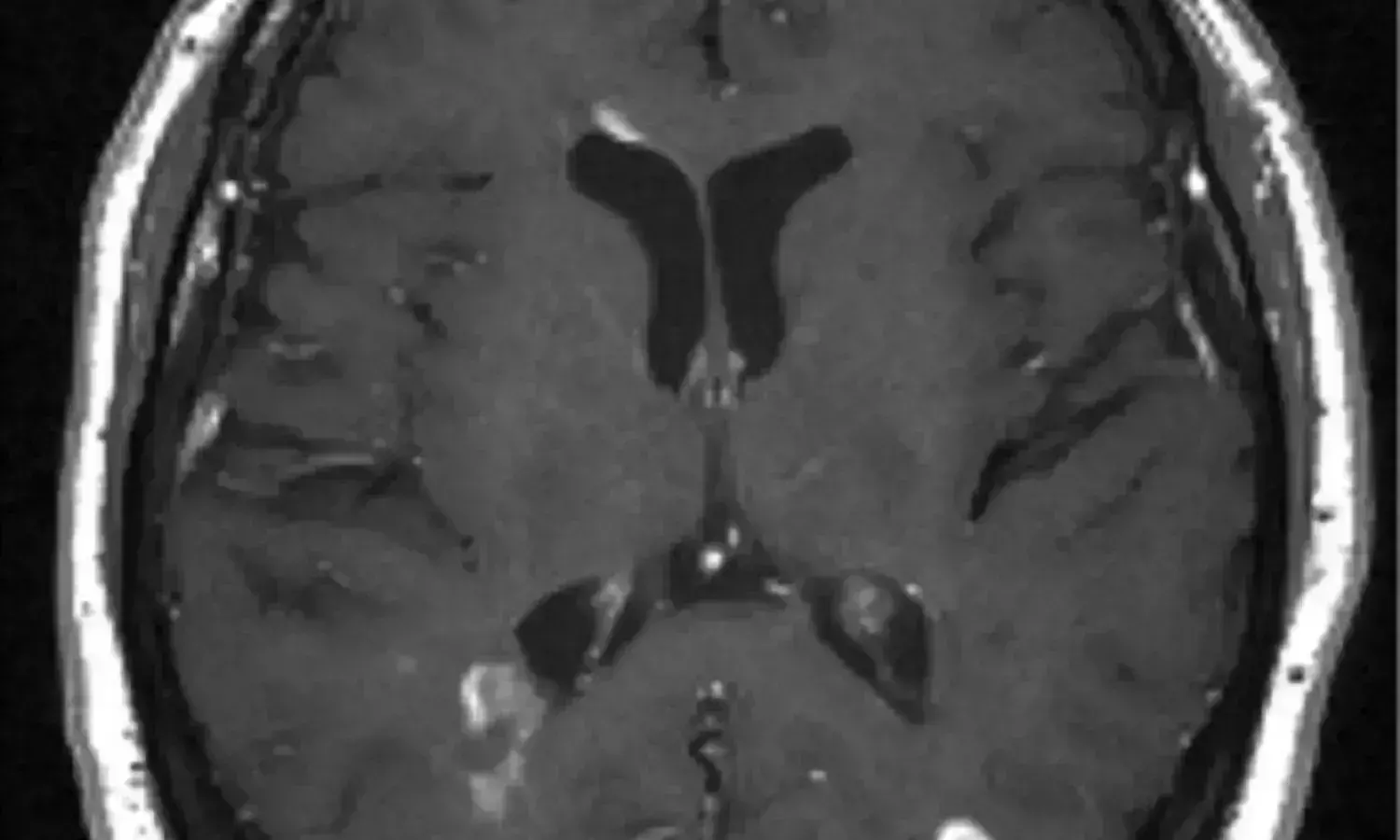- Home
- Medical news & Guidelines
- Anesthesiology
- Cardiology and CTVS
- Critical Care
- Dentistry
- Dermatology
- Diabetes and Endocrinology
- ENT
- Gastroenterology
- Medicine
- Nephrology
- Neurology
- Obstretics-Gynaecology
- Oncology
- Ophthalmology
- Orthopaedics
- Pediatrics-Neonatology
- Psychiatry
- Pulmonology
- Radiology
- Surgery
- Urology
- Laboratory Medicine
- Diet
- Nursing
- Paramedical
- Physiotherapy
- Health news
- Fact Check
- Bone Health Fact Check
- Brain Health Fact Check
- Cancer Related Fact Check
- Child Care Fact Check
- Dental and oral health fact check
- Diabetes and metabolic health fact check
- Diet and Nutrition Fact Check
- Eye and ENT Care Fact Check
- Fitness fact check
- Gut health fact check
- Heart health fact check
- Kidney health fact check
- Medical education fact check
- Men's health fact check
- Respiratory fact check
- Skin and hair care fact check
- Vaccine and Immunization fact check
- Women's health fact check
- AYUSH
- State News
- Andaman and Nicobar Islands
- Andhra Pradesh
- Arunachal Pradesh
- Assam
- Bihar
- Chandigarh
- Chattisgarh
- Dadra and Nagar Haveli
- Daman and Diu
- Delhi
- Goa
- Gujarat
- Haryana
- Himachal Pradesh
- Jammu & Kashmir
- Jharkhand
- Karnataka
- Kerala
- Ladakh
- Lakshadweep
- Madhya Pradesh
- Maharashtra
- Manipur
- Meghalaya
- Mizoram
- Nagaland
- Odisha
- Puducherry
- Punjab
- Rajasthan
- Sikkim
- Tamil Nadu
- Telangana
- Tripura
- Uttar Pradesh
- Uttrakhand
- West Bengal
- Medical Education
- Industry
MRI use in patients with multiple sclerosis: 2021 Guideline

USA: A recent study published in the journal Lancet Neurology has reported consensus recommendations on the use of MRI in patients with multiple sclerosis.
The 2015 Magnetic Resonance Imaging in Multiple Sclerosis and 2016 Consortium of Multiple Sclerosis Centres guidelines on the use of MRI in diagnosis and monitoring of multiple sclerosis made an important step towards appropriate use of MRI in routine clinical practice.
The 2021 revision of the previous guidelines on MRI use for patients with multiple sclerosis merges recommendations from the Magnetic Resonance Imaging in Multiple Sclerosis study group (MAGNIMS), Consortium of Multiple Sclerosis Centres (CMSC), and North American Imaging in Multiple Sclerosis Cooperative (NAIMS) and translates research findings into clinical practice to improve the use of MRI for diagnosis, prognosis, and monitoring of individuals with multiple sclerosis.
The recommendations were developed after experts from the sponsoring organizations met to update international consensus recommendations on how and when to use MRI for multiple sclerosis diagnosis, prognosis, and treatment monitoring.
Following are the highlights from the guideline:
- Recommended standardized brain, spinal cord, and optic nerve protocols are defined for field strength, thickness, resolution, and coverage. Optional sequences are listed.
- Gadolinium should include at least a 5-minute time delay, and more optimally a 10-minute delay. Gadolinium is recommended for the initial, diagnostic scan and for a variety of scenarios for monitoring, if the presence of a gadolinium lesion would change management.
- For radiologically and clinically isolated syndromes not fulfilling MS criteria, follow-up imaging should include brain MRI every 6 to 12 months with identical imaging parameters, without gadolinium.
- Standardized imaging interpretation and reporting should include T2 lesion counts, gadolinium lesion counts, the types of lesions, and interval changes.
- Spinal cord and optic nerve imaging should be included for select circumstances. For example, spinal cord imaging is important for diagnosis and prognosis, optic nerve imaging for differential diagnosis and for new visual symptoms.
- MRI should be repeated 3 to 6 months after treatment onset. MRI should be considered annually, with longer intervals for clinically stable patients after the first few years of treatment.
- MRI should be used for drug safety monitoring, such as for progressive multifocal leukoencephalopathy (PML) and cryptococcal meningitis. For medications that confer a high risk for PML, a brain MRI should be performed before switching to the next agent.
"These recommendations are based on a comprehensive review of the literature to date and provide good details on the key issues and variables with MRI in MS care and treatment decisions," wrote the authors. "In addition, they can aid neuroradiologists in updating their protocols and reports."
Reference:
2021 MAGNIMS–CMSC–NAIMS consensus recommendations on the use of MRI in patients with multiple sclerosis, was published in the journal Lancet Neurology.
Dr Kamal Kant Kohli-MBBS, DTCD- a chest specialist with more than 30 years of practice and a flair for writing clinical articles, Dr Kamal Kant Kohli joined Medical Dialogues as a Chief Editor of Medical News. Besides writing articles, as an editor, he proofreads and verifies all the medical content published on Medical Dialogues including those coming from journals, studies,medical conferences,guidelines etc. Email: drkohli@medicaldialogues.in. Contact no. 011-43720751


